Discover Proven Methods to Sculpt and Refine
Our Range of Top-Rated Therapies
From Natural Origins to the Pathways of Care
Stretch marks, also known as striae, are a type of scarring on the skin that appears as thin, long lines that differ in hue and texture from the surrounding skin. They typically occur when the skin is stretched rapidly over a short period, such as during puberty, pregnancy, rapid weight gain or loss, or during certain phases of intense physical growth like bodybuilding. When the skin is stretched, the collagen and elastin, which give our skin its strength and elasticity, can become damaged, leading to the development of stretch marks. Initially, stretch marks may appear as reddish or purplish lines and can be slightly raised and itchy. Over time, they fade into a lighter or silvery colour and can become indented. While stretch marks are not harmful or a sign of a health problem, many people seek treatment for stretch marks because of the effect they can have on their appearance and self-esteem.
Yes, certain individuals are more prone to developing stretch marks. These include individuals who experience rapid growth spurts, such as during puberty or bodybuilding, and those who gain weight quickly. Women are more likely to develop stretch marks than men, particularly during pregnancy when the skin of the abdomen stretches to accommodate a growing baby. Genetics also play a significant role — if your parents or siblings have stretch marks, you’re more likely to develop them as well. Additionally, individuals with certain health conditions that affect the skin’s elasticity, like Marfan syndrome or Cushing’s syndrome, may also be more prone to stretch marks. Using corticosteroid creams, lotions, and pills for a long time can also increase your likelihood of getting stretch marks.
Several factors can influence the severity and appearance of stretch marks. The degree of skin stretching and the duration of the stretching period are significant factors. For instance, pregnancy and rapid weight gain can cause more severe stretch marks due to the extent and speed of skin stretching. Genetics can also impact the severity and appearance of stretch marks; if your family members have prominent stretch marks, you may be more likely to develop severe stretch marks. Your skin type and colour can influence the appearance of stretch marks as well, with darker skin often showing stretch marks as lighter lines, and vice versa for lighter skin. Age is another factor as younger skin tends to be more elastic and resilient, while older skin may develop more pronounced stretch marks.
While it’s not always possible to prevent stretch marks, especially when they’re caused by factors like puberty or pregnancy, certain measures can help minimise their occurrence. Maintaining a healthy weight and avoiding rapid weight fluctuations can help reduce the likelihood of developing stretch marks. Eating a balanced diet rich in vitamins and minerals, particularly those essential for skin health such as vitamin C, vitamin D, vitamin E, zinc, and protein can help maintain skin elasticity. Staying well-hydrated keeps the skin supple and less prone to stretch marks. Regular exercise improves circulation, which can promote skin health and resilience. Using a moisturiser can also help maintain skin elasticity and may help prevent stretch marks. If you’re pregnant, applying a moisturiser like cocoa butter or a product designed to minimise stretch marks can help. However, genetics also play a role in the development of stretch marks, and in some cases, they might be largely unavoidable.
Traditional treatments for stretch marks include topical creams and lotions, laser therapy, and microdermabrasion. Microdermabrasion involves exfoliating the skin to improve its texture and appearance, but it only affects the outermost layer of skin and may not be very effective for stretch marks, which occur at a deeper level. Topical treatments such as tretinoin cream can sometimes help by rebuilding collagen, but they often work best on newer stretch marks and aren’t suitable for everyone, such as pregnant or nursing women. Laser therapies, such as pulsed dye lasers or fractional laser treatment, can stimulate collagen or elastin production in your skin, helping to reduce the appearance of stretch marks. While these treatments can improve the appearance of stretch marks, results can vary widely and multiple treatments are often required.
Lutronic Ultra, Microneedling, eCO2 Laser, and Lutronic Genius offer state-of-the-art, non-invasive treatments for stretch marks. Lutronic Ultra uses high-intensity focused ultrasound to heat small, targeted amounts of soft tissue below the surface of the skin, triggering the body’s natural healing process and stimulating collagen production. This leads to a gradual healing and regeneration process that improves the appearance of stretch marks over time.
Microneedling, also known as collagen induction therapy, uses fine needles to create micro-injuries in the skin, which triggers the body’s wound healing process and stimulates new collagen and elastin production. This helps to fill in the stretch marks, reducing their depth and visibility.
The eCO2 Laser is a type of ablative laser that creates tiny channels in the skin, which triggers the skin’s healing response and stimulates collagen and elastin production. The new collagen and elastin help to restore elasticity and strength to the skin, reducing the appearance of stretch marks.
Lutronic Genius uses high-intensity focused radiofrequency energy to heat the deeper layers of the skin, stimulating collagen production and promoting skin healing and rejuvenation. By delivering energy directly to where it’s most needed, this treatment can reduce the appearance of stretch marks while also improving overall skin texture.
All these treatments are non-invasive and can provide superior results compared to traditional methods by targeting and treating the underlying causes of stretch marks rather than just addressing surface-level symptoms.
Lutronic Ultra and eCO2 Laser are considered particularly effective for stretch mark reduction due to their targeted approach and the nature of their technologies. Lutronic Ultra uses high-intensity focused ultrasound to target and heat soft tissue under the skin. This process triggers the body’s healing response and stimulates the production of new collagen and elastin – proteins that give the skin its elasticity and firmness. This gradual healing and regenerative process helps to improve the appearance of stretch marks over time.
The eCO2 Laser, on the other hand, uses a powerful ablative laser to create tiny micro-channels in the skin. These micro-channels trigger the skin’s healing response, stimulating collagen and elastin production, which in turn help to fill in and smooth out stretch marks.
Both of these treatments deliver energy directly to where it’s most needed, helping to reduce the appearance of stretch marks from within rather than just treating the symptoms on the surface. As a result, they often provide more noticeable and long-lasting improvements in the appearance of stretch marks compared to other treatments. However, as with all aesthetic treatments, results can vary depending on the individual’s skin condition, the severity of the stretch marks and their responsiveness to treatment. Additionally, multiple sessions are typically required to achieve optimal results.
The Lutronic Ultra and eCO2 Laser systems also have the advantage of being adjustable to different skin types and conditions, allowing practitioners to customise treatment parameters to best meet the needs of each individual client. This personalised approach can lead to better treatment outcomes and higher client satisfaction.
It’s also important to note that while these treatments can significantly reduce the appearance of stretch marks, they are not a complete cure. Stretch marks are a form of scarring, and no treatment can completely erase them. However, these treatments can greatly diminish their appearance and improve the overall texture and quality of your skin.
Lastly, it’s always important to have realistic expectations and to remember that results can vary from person to person. That’s why a consultation with a qualified aesthetic practitioner is crucial, to understand your options and what results you might expect from the treatment.
Take the First Step Towards Defeating Persistent Fat
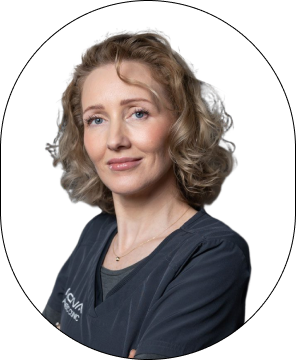
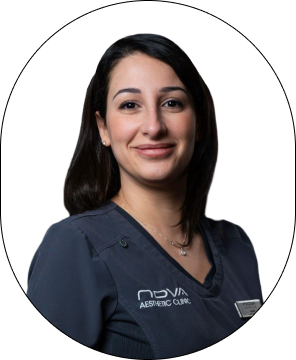
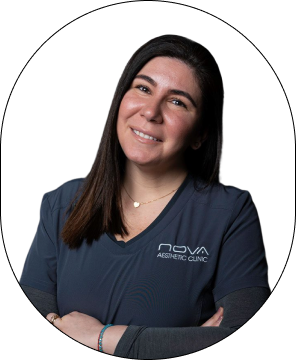
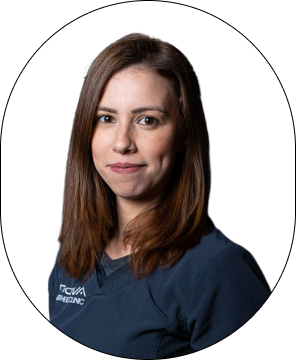
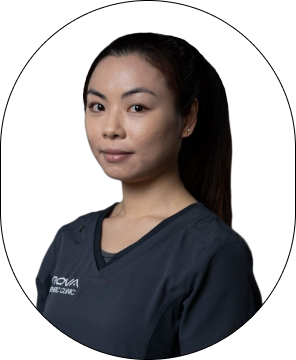
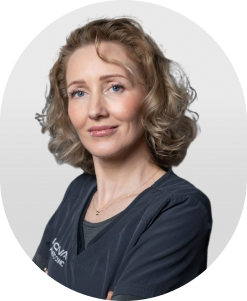
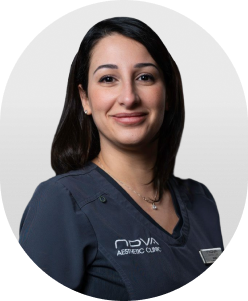
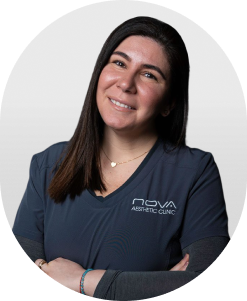
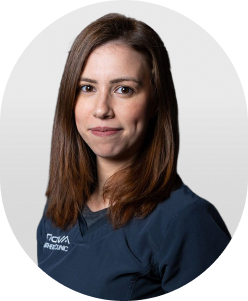
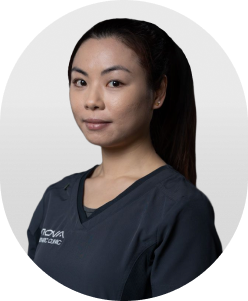
I’ve been going to this clinic for a few years now and I just love it! It is very fancy but affordable. The staff are lovely! The manager, Christina is an angel from heaven.
Rachel Christina

I had the pleasure of visiting Nova for a skin consultation to understand more about my skin. They thoroughly discussed various options/treatments to enhance the condition of my skin.
Maryann D

Great experience with Dr Simmonds! I travel all the way from Essex to Greenwich, because the staff at Nova clinic are highly skilled and professional.
Leonie Lombard

A fantastic clinic; the environment is inviting and the staff are friendly, polite and knowledgable.
Julia

Thank you again for your high quality expertise & gentleness. Always a pleasure to come to Nova.
Tomris


I’ve been going to this clinic for a few years now and I just love it! It is very fancy but affordable. The staff are lovely! The manager, Christina is an angel from heaven.
Rachel Christina

I had the pleasure of visiting Nova for a skin consultation to understand more about my skin. They thoroughly discussed various options/treatments to enhance the condition of my skin.
Maryann D

Great experience with Dr Simmonds! I travel all the way from Essex to Greenwich, because the staff at Nova clinic are highly skilled and professional.
Leonie Lombard

A fantastic clinic; the environment is inviting and the staff are friendly, polite and knowledgable.
Julia

Thank you again for your high quality expertise & gentleness. Always a pleasure to come to Nova.
Tomris


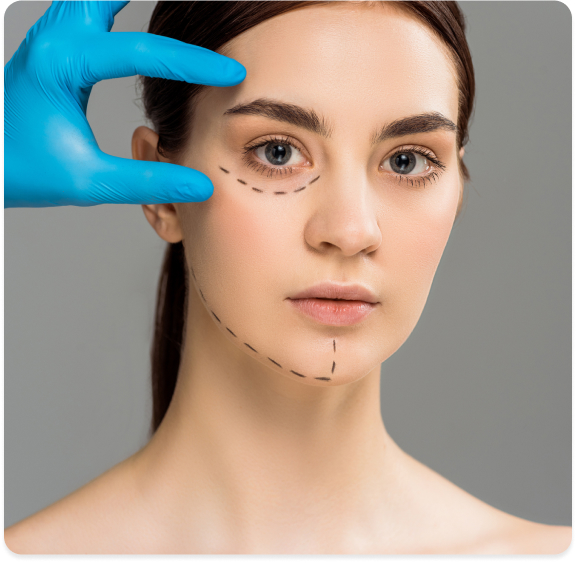
Let us know if you have any questions.
Nova Aesthetic @ 2024. Powered By Fast Digital
2024 – Powered by Fast Digital